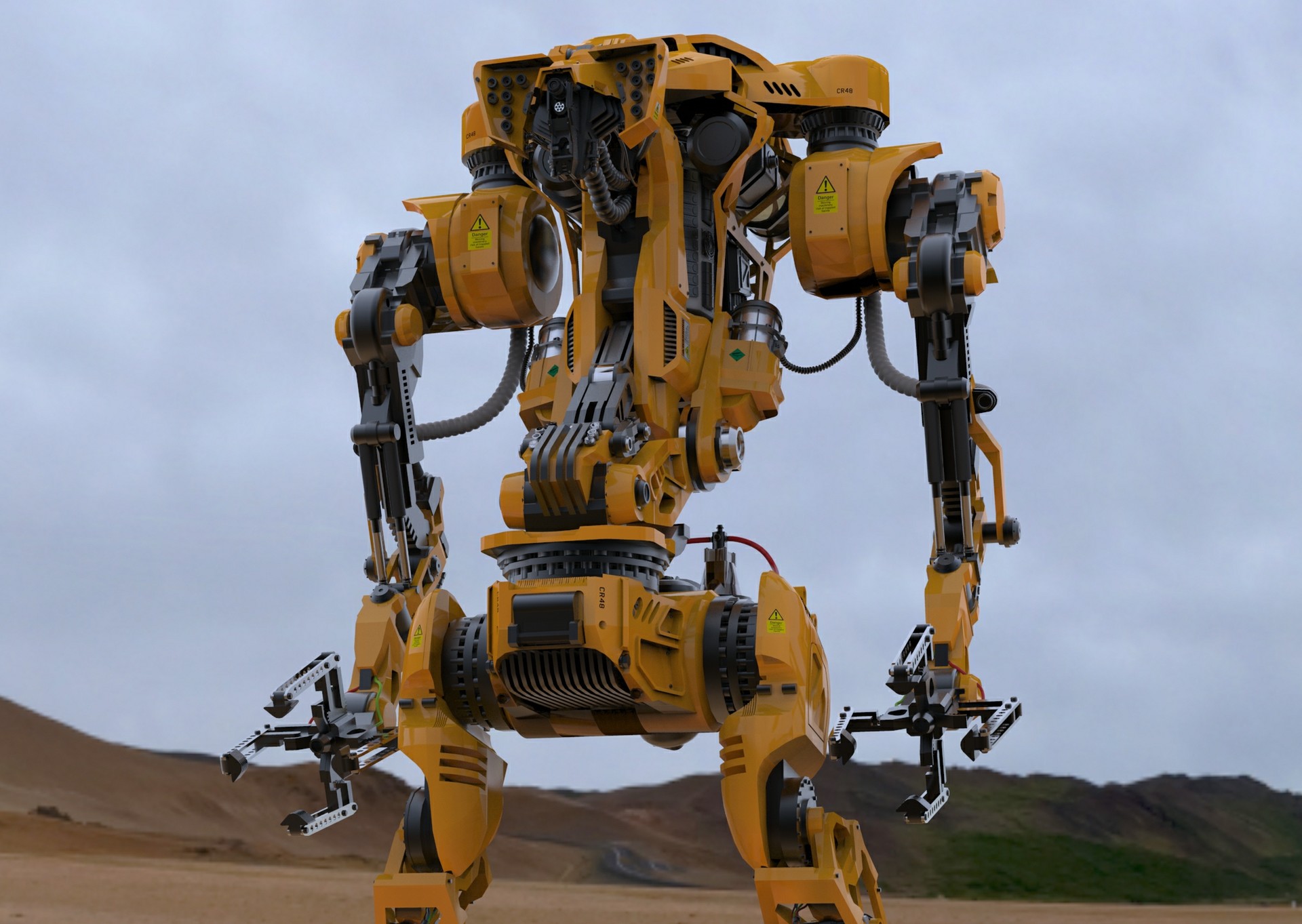The Future Of Robotics In Civil Engineering Construction And Maintenance

Construction is an industry that is well known for its traditional methods of building. From using manual labor to finishing projects on pen and paper, traditional construction techniques have been well-embedded in the industry for years. However, with the advent of artificial intelligence (AI) and robotics, the construction industry is quickly waking up to the benefits of adopting these new technologies.
Introduction
Artificial intelligence and robotics are emerging technologies that are transforming the construction industry. In recent years, there has been a rapid increase in the use of these technologies in construction, and it is changing the way projects are being planned, executed, and monitored. The integration of AI and robotics is making construction quicker, safer, and more efficient.
Frequently Asked Questions (FAQ)
What is AI and Robotics in Construction?
AI and robotics in construction refer to the use of these emerging technologies to automate and optimize various construction projects. This includes the use of drones, automated heavy machines, and predictive analytics, among others.
What are the benefits of AI and Robotics in Construction?
The use of AI and robotics in construction has numerous benefits, including:
- Improved efficiency and productivity
- Improved safety on construction sites
- Reduced construction time
- Reduced costs
- Improved accuracy in project planning and execution
What are the barriers to adoption?
Despite the numerous benefits of AI and robotics in construction, there are still some barriers to adoption. Some of the main challenges include:
- High upfront costs of implementing these technologies
- Lack of knowledge and expertise
- Lack of trust in automation
- Resistance to change traditional construction methods and culture
The Advantages of AI and Robotics in Construction
The integration of AI and robotics in construction has many advantages. Here are some of the most significant benefits:
Improved Efficiency and Productivity
AI and robotics can help improve efficiency and productivity on construction sites. By automating many of the construction tasks that would typically be carried out manually, AI and robotics can complete many tasks much faster than humans, reducing construction time and costs in the process.
Improved Safety on Construction Sites
Construction sites are known to be dangerous, and safety is always a top priority. The use of AI and robotics can help improve safety on construction sites by automating some of the more dangerous tasks, such as working at heights or in dangerous environments.
Reduced Construction Time
By automating many of the construction tasks, AI and robotics can reduce construction time significantly. This means that construction projects can be completed faster, and businesses can start to see revenue on their investment much sooner.
Reduced Costs
AI and robotics can also help to reduce construction costs by automating many of the tasks that require a lot of manpower. This means that businesses can save money on labor costs, and there is less waste due to errors and oversights.
Improved Accuracy in Project Planning and Execution
AI and robotics can help improve accuracy in project planning and execution. By using predictive analytics, these technologies can accurately predict how long it will take to complete a project and identify any potential issues before they become a problem, ensuring that projects are completed on time and on budget.
The Challenges of Adopting AI and Robotics in Construction
Despite the numerous benefits of AI and robotics in construction, there are still some challenges preventing widespread adoption. These challenges include:
High Upfront Costs
One of the biggest barriers to adoption is the high upfront cost of implementing these technologies. AI and robotics require significant investment, which can be a barrier for many construction businesses, particularly smaller ones.
Lack of Knowledge and Expertise
Another challenge is the lack of knowledge and expertise in emerging technologies. Many construction businesses may not know how to implement these technologies or lack the expertise required to use them properly.
Lack of Trust in Automation
There is also a significant challenge in the lack of trust in automation. Many businesses are reluctant to automate tasks that were traditionally completed manually without human intervention. This lack of trust can hinder adoption and uptake of these technologies.
Resistance to Change Traditional Construction Methods and Culture
Finally, there is the challenge of resistance to change. The construction industry has traditionally relied on manual labor and paper-based methods. Some businesses may be reluctant to change these traditional methods and culture, making it difficult to adopt emerging technologies such as AI and robotics.
The Future of AI and Robotics in Construction
The integration of AI and robotics is changing the construction industry and is set to become even more prevalent in the years to come. As businesses begin to see the benefits of these technologies, they will start to invest more heavily in them. As technology continues to evolve, there will likely be even more innovative ways to use AI and robotics in construction.
Conclusion
The construction industry is slowly but surely waking up to the benefits of AI and robotics. While there are still challenges to widespread adoption, the advantages of these emerging technologies are undeniable. As businesses begin to embrace AI and robotics, they will experience improved efficiency, increased safety, reduced costs, and improved accuracy in project planning and execution.
It is clear that AI and robotics in construction are set to play a significant role in the industry's future. As construction businesses begin to experience the benefits of these technologies firsthand, it will become increasingly difficult to ignore their potential. Embracing these technologies is the key to unlocking the full efficiency and productivity potential of the construction industry.


Post a Comment for "The Future Of Robotics In Civil Engineering Construction And Maintenance"